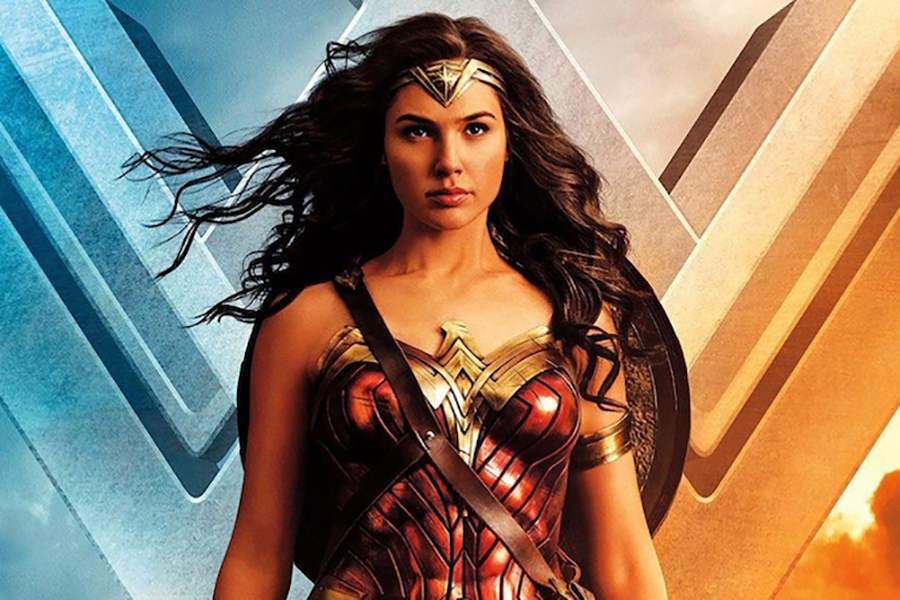
 The first female superhero with a female director provides lessons for women of all ages
The first female superhero with a female director provides lessons for women of all ages
I’ll start off by stating this: I’m completely biased in favor of the success of the Wonder Woman franchise. When I was just four years old, I used to watch Wonder Woman in cartoon form every week with my dad. At that age, this character provided me with a lot of guidance, and the idea that girls could be heroes and warriors was firmly planted in my head. In my lifetime alone, I’ve sat through four Batman movies, three Iron Mans, three Supermans, a couple Captain Americas and, of course, several Thors. Not once was there a female superhero front and center on one of those posters at the movie theatre — and I grew to expect this from the industry. Men were the ones who got to have superpowers and their own movies. Women, such as Black Widow, were made to accessorize the bigger features. Even in written form, comic books have often failed women and created unrealistic body expectations for female characters, drawing them — more often than not — with more breast than muscle and costumes that are actually unequipped for battle when you really think about it.
Patty Jenkins’ Wonder Woman took all these standards created by the superhero industry and squashed them. There was a proper warrior costume, complex fight scenes and a whole lot of love between the main character and the world around her. The dialogue was powerful and filled with many inspiring lines from our leading lady. (My favorite: “What I do is not up to you.”) I’d been waiting for a Wonder Woman film for over 16 years, and I know many women had waited far longer than me. Jenkins allows these generations of women to see a version of this classic hero, who — for the first time in over 75 years — is portrayed with all the wonder she deserves.
Themyscira, an island full of strong, muscular women training to fight, also showed female strength in a way that had never before been shown. It rivaled a lot of images of women that are portrayed in comic books that, as stated earlier, seem to theorize an unattainable physique with a pasta noodle for a spine. The fight scenes were choreographed to show the women’s strength and power instead of their vulnerability and grace, setting them apart from all other female characters in superhero films.
Jenkins also uses the romantic subplot of the film as something that drives Diana to fight harder, rather than something to distract her. The couple exchange thoughts on life and what makes them strive to keep fighting, as opposed to just standing in awe of each other’s awesomeness.
The movie never tells Diana that she can’t fight because she’s a woman, though it does address a lot of sexism that existed during the time period — and she certainly puts an end to those words right away. She never doubts herself and has confidence that she’s the greatest warrior the Amazons have ever produced.
To be quite frank, as a fan of superheroes, no film has ever made me feel stronger. There was no sense of weakness portrayed in Gal Gadot’s Wonder Woman. There was a radiating sense of power and confidence. The superhero industry ought to make more films like this so that girls of all ages can understand they can do anything — without the doubts and many questions that often occur before they realize their strength.
Written by: Olivia Luchini — ocluchini@ucdavis.edu
Disclaimer: The views and opinions expressed by individual columnists belong to the columnists alone and do not necessarily indicate the views and opinions held by The California Aggie.



